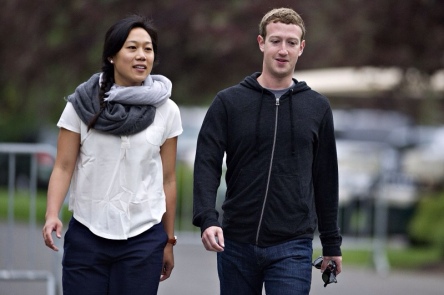In this article posted on WSJ.com on the growing trend of what is becoming of charities after the founders pass away the Bill and Malinda Gates Foundation is used to examine how more founders are opting to close the doors of their charities by their last days rather than finding an heir. Like the Gate’s, others are creating support for today’s causes, and instead of assuming that their charity will be around forever, are looking for others to come behind them and address the issues for future generations. This also means that these “spend-down foundations” are giving away all of the assets of the charity by the founder’s expiration date. Because this trend has grown from 5% to 24% in the last 50 years, many strategies have been developed for charity founders who desire to support a cause, but either expect that their cause’s needs will be met completely within their lifetime, or that interest in that cause will be short lived. GiveWell has created resources for how the now hundreds of charities who not only expect, but have planned on “spending-down[to nothing]” within their lifetime should plan on their exit strategy.
What does this mean for 1. the donor 2. the causes and 3. the people and organizations that partner with these foundations? First, it must be understood that in many cases, the exchange of value between nonprofit charities and their corporate sponsors and partners is as valuable to both participants as it is for a “for-profit” campaign. Chick-fil-A is well known for sponsoring community events by providing food, funding, and fun(cow costumes) and in return they have engaged what is know as “emotional marketing” by attaching themselves to causes people and communities are passionate about. This is shown to create the most loyal customers, compared to any other form of marketing.
The donor now gains the benefit of a vast ocean of niche organizations that are concentrated around specific causes like specific cancers, local and regional charities, and temporary or event based/crisis/disaster related philanthropy. This means that it is much more likely than ever that there is a charity supporting whatever it is you are passionate about, or may have been impacted by. It also means more funding for more causes. One way to look at this is that there are more opportunities than ever to attach your personal brand behind a cause and create loyal customers based on interest, location, gender, and other segments. This creates many opportunities to use different charities research to locate and engage your target audience, and do something positive in your community at the same time; or at least look like it. More causes, events, and partnerships to be made means that the reach of these charities is growing and constantly evolving. When the doors to the Gate’s Foundation close 50 years after the death of the last founding member, new opportunities will arise for others to take the place and fill those needs. The vast majority of foundations don’t have nearly as much as the Gate’s Foundation has generated and consequently won’t last 50 years after they are deceased. Though there are several that expire five to twenty years past their founders, most will leave immediate needs unmet primarily because no one connected to that charity is in place to carry it on, or because the cause has become obsolete and changed in significant ways. Changing needs means that organizations that can’t adapt to the needs of their cause are replaced with newer, fresher nonprofits that can. We see a vulnerable and intimate side of society when we watch the charities coming up behind the old and outdated ones. What are people struggling with? Where is their volunteer time, money, and support going? What are people reaching out for help with, and how can we engage them to create a better community while promoting our personal brand in a healthy way? Watch these spend-downs and who follows behind to carry on the cause when they are gone; many opportunities to develop profitable partnerships will emerge.


